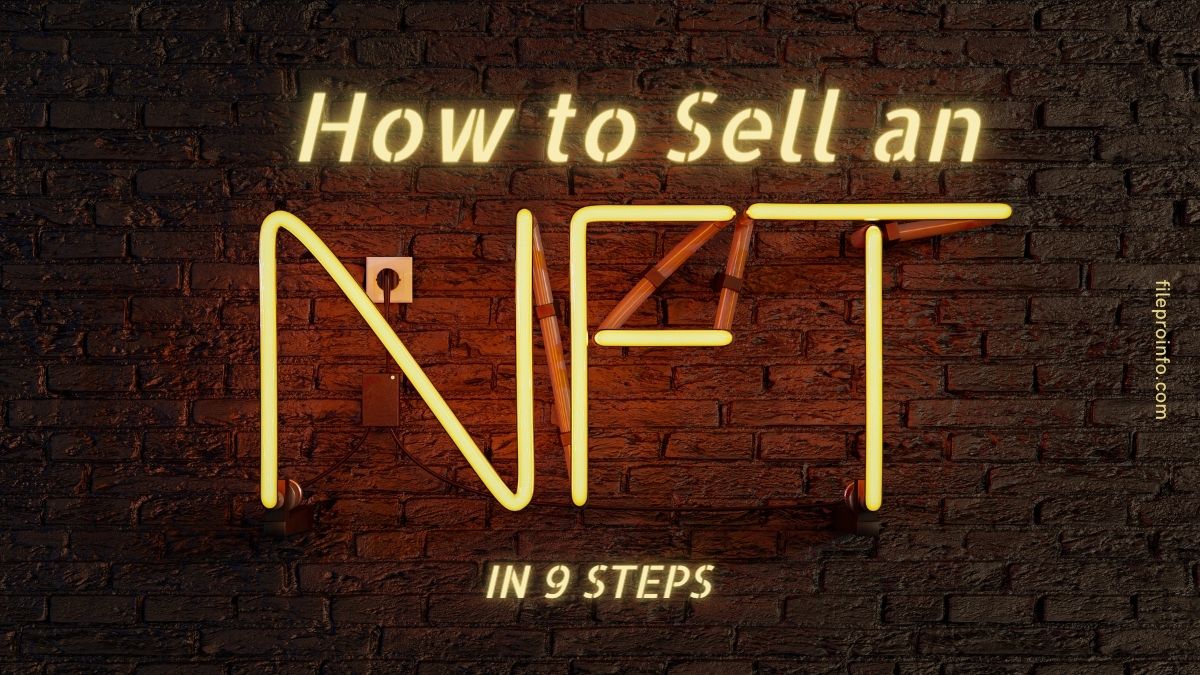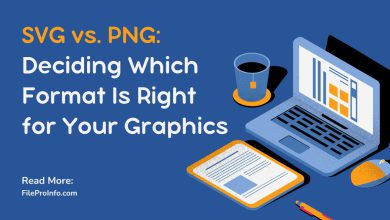
Non-fungible Tokens (NFTs) are non-replaceable units of digital data stored on a blockchain that can be sold and traded using cryptocurrencies such as Bitcoin, Ethereum, and Dogecoin. Popular NFTs include music, videos, digital baseball cards, in-game items, and virtual art or images. What distinguishes NFTs is that each one has a digital signature that cannot be exchanged, allowing owners to prove ownership as well as the fact that they are original limited editions of artwork via a digital signature. NFTs have taken digital marketing by storm in recent years, with auctions for digital assets in the form of NFTs. Global NFT sales are expected to reach $80 billion by 2025, according to projections.
Exactly How to Make Money Selling NFT
Several people have been inspired by the buzz surrounding NFTs to convert their art forms into these digital tokens and create an NFT. If you’re a skilled digital artist, you can also make money by selling NFTs. By selling NFTs, you can also raise brand awareness and increase customer engagement by jumping on the NFT bandwagon. The following are some steps to take in order to sell NFTs:
1. Find Out Everything You Can About NFTs
It is simple to make money with NFT. Smart NFT creators and entrepreneurs can succeed in the NFT market by first researching and learning as much as they can about NFTs. They should understand how the digital asset market works, how volatile it is, and which digital artworks, whether songs, GIFs, videos, or video game collectibles, are worth a lot of money.
2. Buy Cryptocurrency
To begin trading in NFTs, you must first acquire some cryptocurrency as a medium of exchange, such as Bitcoin, Ethereum, or Dogecoin. This is due to the fact that most NFTs marketplaces require you to open a crypto wallet. Most NFT platforms will require you to pay an upfront cryptocurrency fee in order to begin minting NFTs, which entails converting your artwork into a non-fungible token that you can later sell.
3. Examine NFT Platforms
Not all NFT platforms are the same; some allow you to mint your own free cryptocurrency, whereas others provide a large NFT marketplace for trading. OpenSea, Rarible, Axie Marketplace, and NBA Top Shot Marketplace are some popular NFT platforms.
4. Develop a Digital Wallet
Once you’ve decided on a suitable NFT marketplace, you’ll need to connect it to your funded cryptocurrency wallet. To create NFTs and pay transaction fees in the form of ‘gas,’ which is essentially the computation power you use to mint or generate your NFT, you will need a digital wallet.
5. Create or Purchase Your NFT
By opening your digital wallet, you have taken the first major step toward converting your digital assets into a profitable business. After that, you can either convert your digital file into an NFT art or purchase your first NFT.
6. Submit Your NFT Art File
After you’ve converted your digital assets into NFTs, you’ll be given the option of listing them for sale on one of the several NFT marketplaces. You can use Ethereum blockchain, OpenSea, Rarible, or Axie Marketplace marketplaces.
7. Hold an auction on your preferred NFT marketplace
You will be able to sell your NFT art once you have chosen your preferred NFT marketplace. At this point, you will be able to provide potential buyers with information on how to conduct transactions, such as the selling price of the NFT, a timed auction, and the cryptocurrencies you want to be used in the transaction that NFT buyers can use to pay you. The commission fees for handling the sale will be calculated by the NFT marketplace, which may vary depending on the NFT marketplace.
8. Paying the Listing Fee
Most NFT listing fees include a concept known as gas, which is required to complete your transaction successfully. In the case of the Ethereum blockchain, the fee is paid directly to Ethereum miners, who provide the computing power needed to validate transactions and keep the network running. Each transaction necessitates a specific amount of gas, which is determined by the number and type of computations involved, as well as the amount of storage required.
What Is the Cost of Selling an NFT?
The fees for blockchain transactions vary according to the network’s supply and demand. Gas prices may rise during periods of high resource demand. Furthermore, cryptocurrency prices are volatile, which affects the costs associated with NFTs. In most cases, the cost of selling NFTs is determined by the resources required to mint them. Prices for NFTs can range from $1 to $500 or even higher.
9. Publicize Your Content
If you are serious about making some extra money by selling NFTs. You will need to constantly expand your NFT collection portfolio. Once you’ve created a sufficient number of NFTs, you’ll need to promote your work in order to reach a sufficient number of fans and potential buyers. To promote your work, use social media platforms such as Facebook, Twitter, and Instagram.
Is it possible to buy and sell NFTs?
Yes, NFTs are the most recent craze in the cryptocurrency market. You can use cryptocurrency to buy or sell NFT art, music, videos, digital art, or digital memorabilia.
Is it simple to sell on NFT exchanges?
There are several NFT marketplaces where you can sell NFTs. These include OpenSea, Rarible, Axie Marketplace are NBA Top Shot Marketplace.
Do you retain any legal rights to an NFT after it is sold?
Non-fungible tokens are a new type of digital currency that necessitates a unique set of commercial and regulatory considerations. Governments are slowly catching up on putting in place regulations pertaining to intellectual property rights and ownership issues as transactions are conducted over the Internet.




